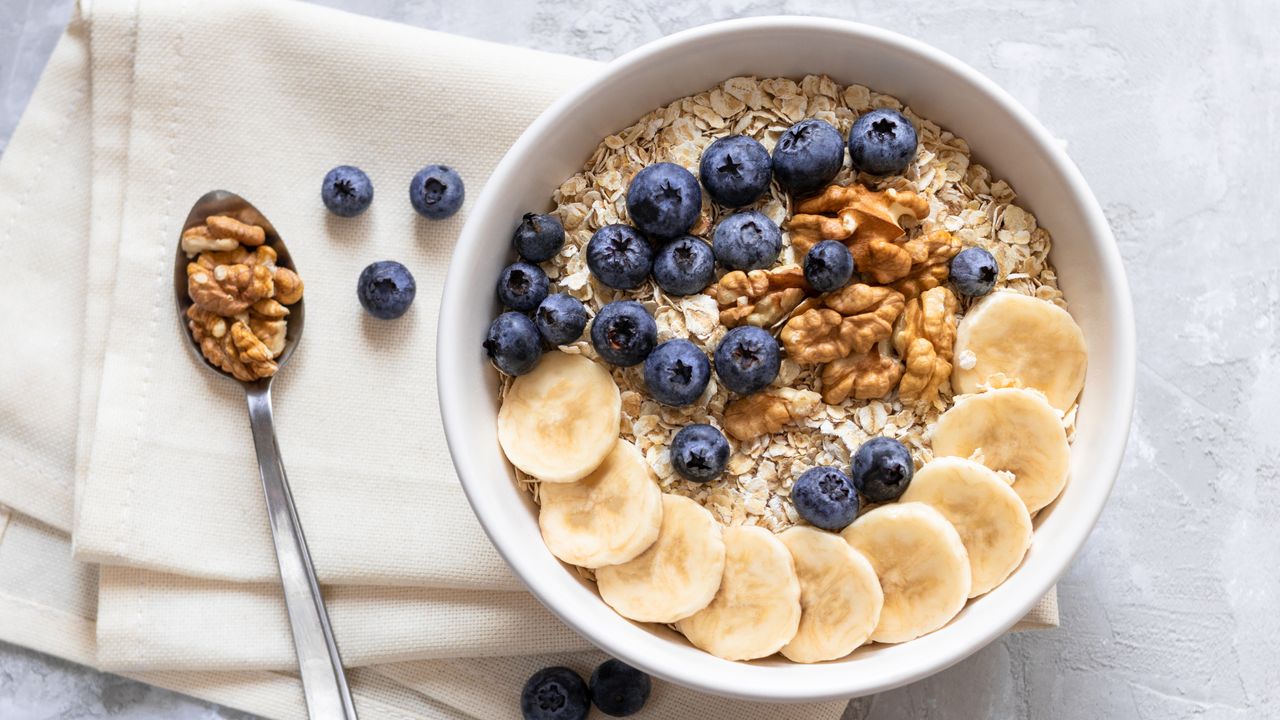
Protein has long been the poster nutrient of the fitness and health world, essential for building muscle, aiding recovery, and keeping you feeling full. But recently, fiber has started to share the spotlight.
Rather than replacing protein, fiber is being recognized as an overlooked powerhouse with benefits for gut health, digestion, skin, metabolism and even heart health.
This growing interest has sparked a trend called ‘fibermaxxing,’ where people are finding ways to add more fiber to their diets to improve digestion, clear up their skin and support metabolic health. But is this just a passing online fad, or is there real science behind it?
What is fibermaxxing?
While official guidelines suggest women aim for around 25 grams of fiber per day and men for about 31 grams, most Americans fall short. According to the American Journal of Lifestyle Medicine, just 5% of the U.S. population meets these recommendations.
Fibermaxxing aims to close that gap by encouraging people to add more fiber-rich foods like oats, lentils, berries, beans,and leafy greens to their daily meals. It can also involve sourcing little top-ups like adding chia seeds to recipes or swapping in high-fiber snacks and supplements.
What does the science say?
Multiple studies have shown that hitting your fiber goals isn’t just good for digestion, it’s linked to a lower risk of heart disease, diabetes, and other chronic health problems.
According to one study, higher fiber consumption is linked to a significantly lower risk of cardiovascular disease, type 2 diabetes and colorectal cancer.
According to a study published in The Lancet, higher fiber consumption is linked to a significantly lower risk of cardiovascular disease, type 2 diabetes and colorectal cancer. Fiber helps regulate blood sugar, promotes healthy gut bacteria, and reduces inflammation.
However, experts caution that increasing fiber too quickly can lead to digestive discomfort, such as bloating or gas. The Mayo Clinic recommends gradually adding fiber to your diet while drinking plenty of water. This gives your digestive system time to adjust and helps you get the full benefits of fiber without the side effects.
Should you try it?
There’s no denying a fiber-rich diet comes with plenty of benefits from keeping your digestion on track to supporting heart health and managing blood sugar. The key is to increase fiber gradually and focus on whole foods like beans, berries and greens.
Don’t forget to drink plenty of water to avoid any tummy troubles. Everyone’s body reacts differently so if you’re thinking about making big changes, it’s a good idea to chat with a healthcare professional first.
Follow Tom's Guide on Google News to get our up-to-date news, how-tos, and reviews in your feeds. Make sure to click the Follow button.







